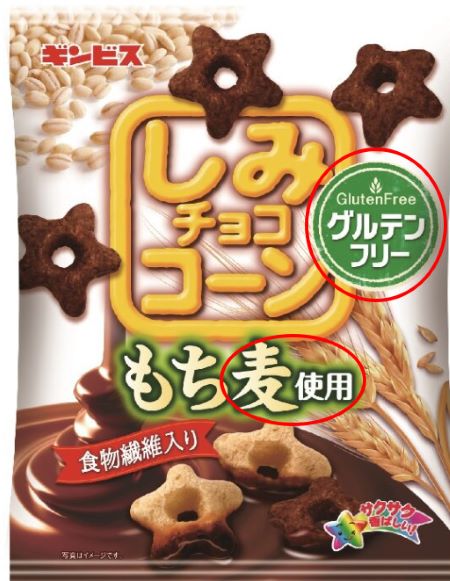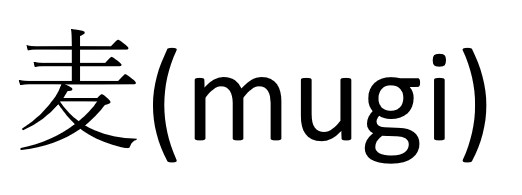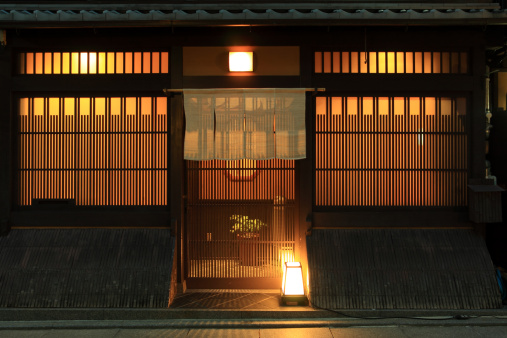
First of all, we just want to make it clear that the main purpose of this account is to introduce accurate knowledge of gluten free in Japan. Not to criticise Japan nor any Japanese products. We are just here to provide useful information for expats, tourists and of course, people live in Japan who have gluten intolerance or celiac disease 🙂
Reality -Gluten free means wheat free !?!?

Unfortunately, Japan is still behind for Gluten free due to the different label requirements (only 7 main ingredients; peanuts, prawn, crab, wheat, dairy, eggs and buckwheat). As you may notice, oats, rye and barley are not included in this list. Although these three ingredients are not so common in Japanese cuisine, they can be so tricky sometimes. To be honest, we have seen many products, which are not GF, but saying “Gluten free”, in their correct meaning “wheat free”. We personally contacted one of confectionary companies to point this out, then surprisingly they answered they are putting “Gluten Free” labelling under Japanese food requirements, not necessarily world standard. we were quite upset when I heard this. What if people who have a celiac disease are excited to try this because of this wrong labelling and get sick later…? But this is an example of wrong recognition of gluten free in Japan. 🙁 Also Japanese gluten free products are quite often produced in the same line as gluten ingredients. So it is more likely “may contain gluten”, “gluten friendly” products, not really celiac friendly.
Do not trust Japanese labelling, trust yourself

We strongly recommend you to reconfirm the labelling on the back ( ingredients regardless Gluten free labelling. If you see the character “麦”, you need to be carful. Mugi is the Chinese character (Kanji) of grain, which containers gluten. All gluten ingredients are shown together with this Kanji. 小麦 wheat、オーツ麦 Oates; sometimes describes as オートミール oatmeal、ライ麦 Rye、大麦 Barley). It might just be said “wheat free” as wheat needs to be stated clearly in Japanese labelling, but nothing bad to be cautious in this particularly case.
Don’t be disappointed

Though the reality is quite tough and unfortunate, there are still some hopes too. In last five years, the number of gluten free products in Japanese food and service industries are dramatically increased. One of reasons is Japanese yen is weaker and weaker. Most of wheat flour in Japan are imported from overseas. So some companies are shifting to use rice flour or any other alternative powders. Another reason is Japanese people love to keep “healthy life style”. if one product, for example banana, is introduced as healthy and good for diet, you will see banana related products everywhere in a couple of months. Gluten free life has been introduced quite recent. Therefore, now it is getting popular. We cannot wait to share some products and restaurants which are purely GF in here 🙂